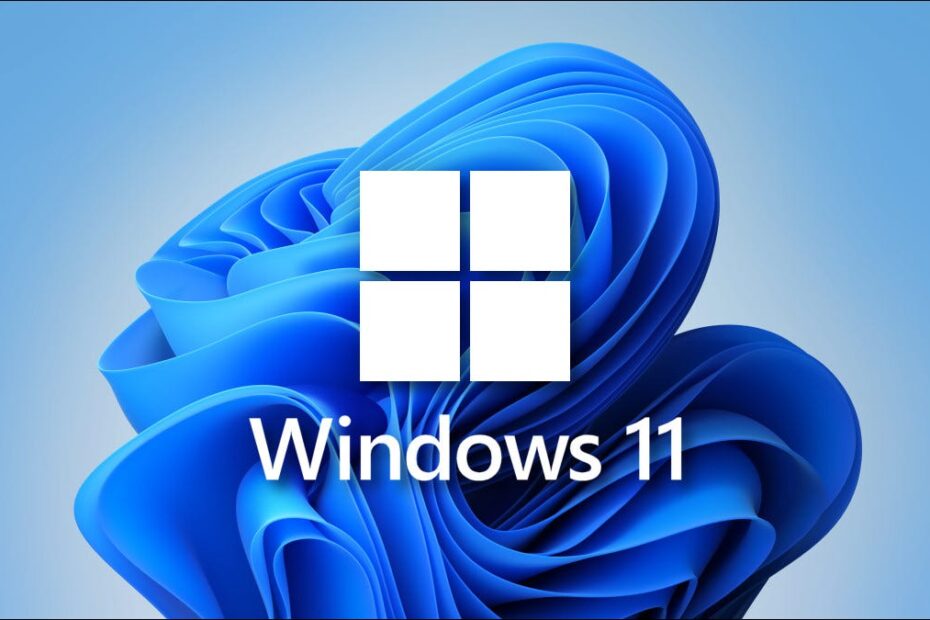The good news is that Windows 11 will be available as a free update for existing Windows 10 computers. The new version will officially pop up sometime around the holiday season, though only for new PCs.
The rollout of Windows 11 for Windows 10 computers won’t begin until 2022 and will stretch through the first half of the year.
Whatever the timeframe, you might like to know if your current Windows 10 computer is capable of supporting Windows 11. And for that, Microsoft offers a few resources.
Windows 11 Minimum system requirements
First, Microsoft has published the minimum system requirements for Windows 11 as follows:
- Processor: 1 gigahertz (GHz) or faster with 2 or more cores on a compatible 64-bit processor or System on a Chip (SoC).
- Memory: 4 GB RAM.
- Storage: 64 GB or larger storage device.
- System firmware: UEFI, Secure Boot capable.
- TPM: Trusted Platform Module (TPM) version 2.0.
- Graphics card: DirectX 12 compatible graphics/WDDM 2.x.
- Display: Greater than 9 inches with HD resolution (720p).
- Internet connection: Microsoft account and internet connectivity required for the setup of Windows 11 Home.
Windows 11 PC Health Check app
To help you determine if your Windows 10 computer meets the requirements to run Windows 11, Microsoft also provides a free PC Health Check tool. To download this app, browse to Microsoft’s Introducing Windows 11 page, scroll down to the Get ready section, and click the Download app link under Check for compatibility. Save and run the WindowsPCHealthCheckSetup.msi file. Open the program and click the Check now button.
If your computer passes the test, a message appears telling you that “This PC can run Windows 11.” If not, it could mean that your PC doesn’t meet all the minimum requirements, which leads us to the TPM issue.
Enable TPM 2.0 via BIOS
TPM is a security technology that makes it harder for hackers to crack an operating system. If you don’t have TPM 2.0 enabled on your system, you won’t be able to install Windows 11. Considering there isn’t a TPM switch laying around anywhere in the OS, allowing it can be tricky.
You’ll need to navigate around your BIOS settings to enable the TPM feature for your system, but you’ll need to be careful while doing so. BIOS features many different settings, ranging from fan speeds to your system’s voltage. If you don’t know your way around your BIOS, you’ll need to extra careful not to change anything else during your stay just to make sure your system keeps running smoothly.
Check if your operating system already has TPM 2.0 turned on.
Checking if your system has TPM 2.0 can save you a trip to your BIOS interface.
- Right-click on your start button and choose Run
- You can also bring up the Run box by pressing Win+R
- Type in “tpm.msc” and hit enter
- On the TPM Management on Local Computer, you’ll be able to see whether you have TPM enabled on your system.
If you see a message that says compatibility not found, then you’ll need to head over to your BIOS settings and check if there’s a TPM option.
Turn on TPM 2.0 through your BIOS settings.
When trying to access your BIOS settings, you’ll only have a few seconds to react since you’ll need to press the hotkeys before your system starts booting up your OS.
- Turn on your computer or restart it if it was running already.
- As your computer starts turning back on, start spamming the F2 or Del key on your keyboard.
- Once you access your BIOS settings, look out for a tab labeled as Security. You can navigate around the BIOS interface by using your arrow keys.
- Expand the Security tab and look for an option minted “TPM Device” or “TPM Security.”
- If you’re using an Intel machine, the option will be labeled as “PTT,” which stands for “Intel Trusted Platform Technology”.
- For some AMD models, the option can also show up as “AMD fTPM Switch”
- Once you locate the option that controls your system’s TPM status, enable it by using your arrow keys.
- After enabling TPM, exit your BIOS settings and apply all the changes before you do.
After turning on TPM 2.0, you can install Windows 11’s preview build by signing up for the insider program.
Read More: Windows 11: How to install the new Insider Preview build
Source: Microsoft
Hi, I’m Mithunraj Kurunthil, an aspiring blogger with an obesession for all things tech. This blog is dedicated to helping people learn about technology.

Pingback: Windows 11: How to install the new Insider Preview build | TechyBirb
Pingback: Microsoft is ending Internet Explorer support in Windows 10 on June 15